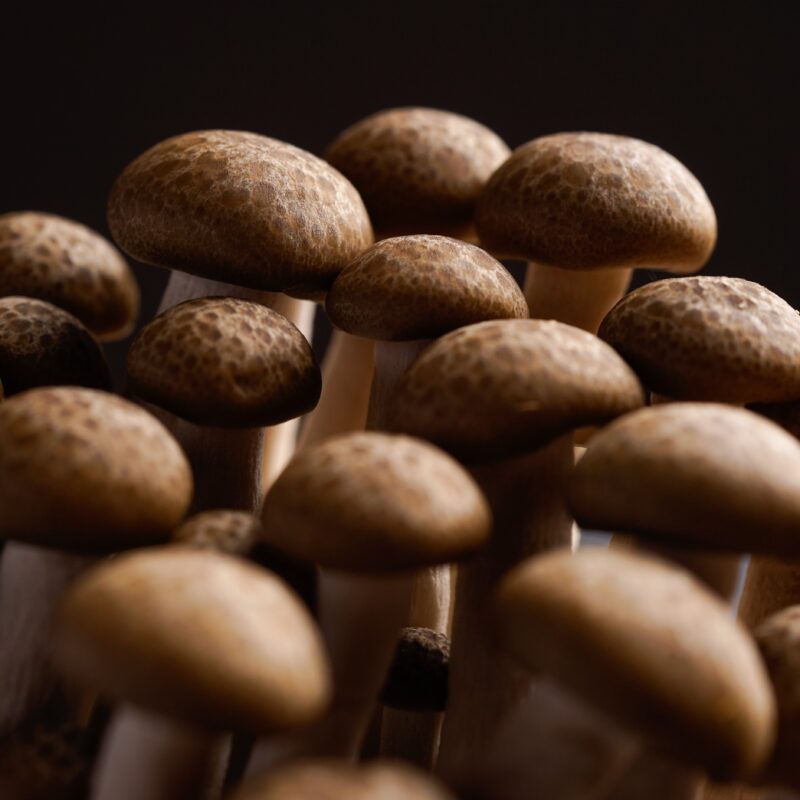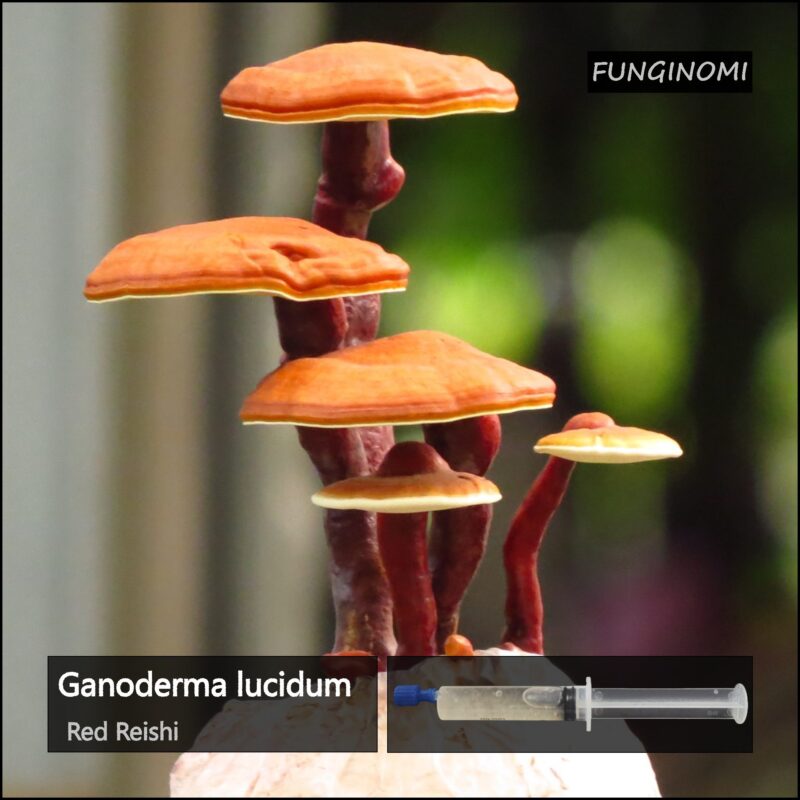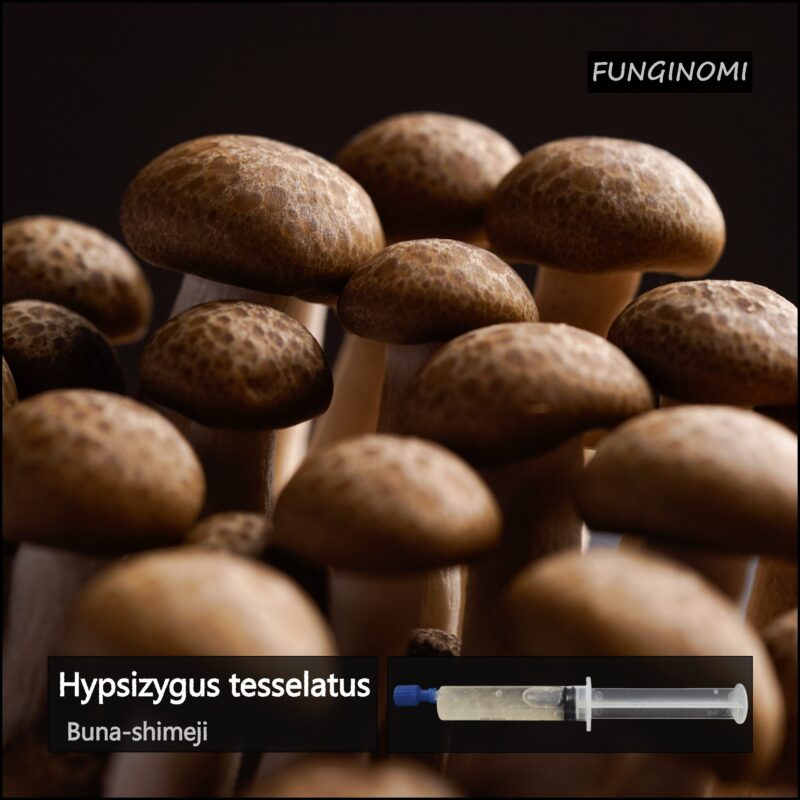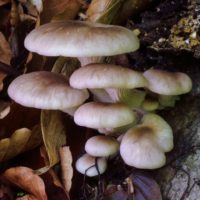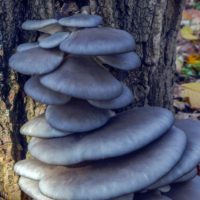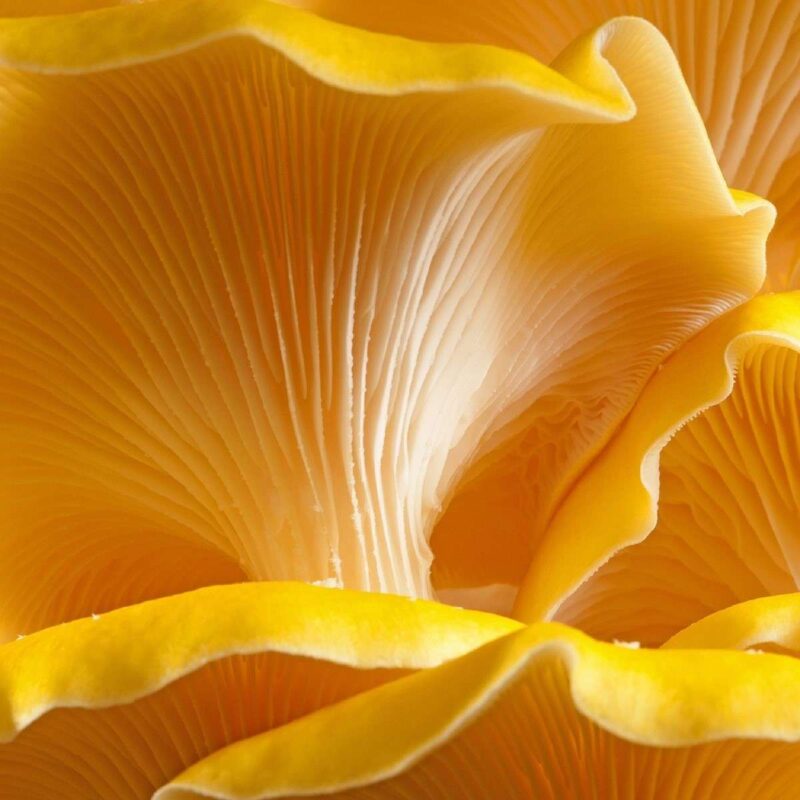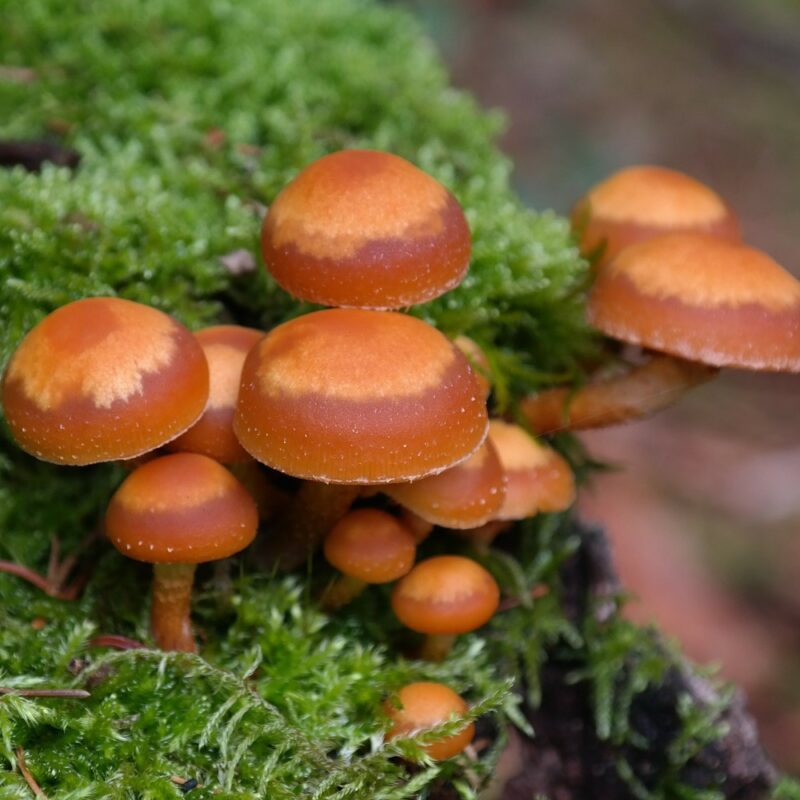Petri Dish – Hypsizygus tesselatus brown
Petri Dish – Hypsizygus tesselatus brown
“Fast shipping nice contact, always answers.
Happy to help and high quality cultures. Thanks for the goodies. -Arthur B., Funginomi Customer
Buy ANY 3 Cultures – We GIFT you 1 of them
$ 27.99
Out of stock

We will set a culture on a fresh Petri Dish for you. It will then grow out and if it withstands quality control, it will be sent. Petris are perfectly suited for short term storage, to multiply strains, to cross species and to clean up cultures. You may use a small cut of this cultures to innoculate substrates.
How to use mushroom petri culture
What should i use petri cultures for?
Supplement mushroom grain mycelium
Industries catering to the production of myco-products have harnessed the power of colonized mushroom grain mycelium as a valuable supplement. This enriched substrate offers a concentrated source of mycelial biomass and metabolites, which are sought-after for their nutritional and medicinal benefits. Most supplements you buy are done with only the mycelium of the mushroom.
- Research and Studies: Mushroom petri cultures serve as a basis for various research studies in mycology. They provide a controlled environment to study fungal growth, nutrition requirements, genetic characteristics, and response to different environmental conditions.
- Spawn Production: Petri cultures are often used as the starting point for creating mushroom spawn. Spawn is the vegetative mycelium used to inoculate larger substrates, such as grain, sawdust, or compost, for mushroom cultivation.
- Mushroom Cultivation: By transferring mycelium from petri cultures to appropriate substrates, cultivators can initiate mushroom fruiting. Petri cultures help ensure that the mushroom crop remains true to the desired strain and characteristics.
- Hybridization and Breeding: In the field of mushroom breeding, petri cultures play a crucial role. Researchers can use different petri cultures to cross different strains and study the offspring for desired traits, leading to the development of new and improved varieties.
- Pathogen Identification: In addition to beneficial mushrooms, petri cultures are used to identify and study fungal pathogens that may harm plants or other organisms. Identifying these pathogens is essential for managing and controlling diseases.
What makes mushroom liquid culture so easy to use?
Mushroom liquid culture is considered easy to use for several reasons, making it a popular choice among mushroom cultivators:
- Speed of Colonization: Liquid culture allows for faster colonization compared to solid substrates like agar or grain. The mycelium grows and spreads rapidly in the liquid medium, shortening the time required for the initial stages of the cultivation process.
- Ease of Inoculation: Inoculating a liquid culture is straightforward and requires minimal equipment. You can introduce mushroom spores or mycelium into the liquid medium using a syringe or inoculation loop, and the mycelium starts growing without the need for additional steps.
- Easy Transfer to Substrate: When the liquid culture is fully colonized, it can be easily transferred to a variety of substrates for fruiting. This transfer can be done without the need to handle delicate agar plates or grain jars, reducing the risk of contamination.
- Reduced Contamination Risk: Since liquid culture is a closed system, it has a lower risk of contamination compared to open agar plates or grain jars. The liquid medium acts as a barrier, preventing external contaminants from entering.
- Convenience for Research and Experimentation: For researchers or hobbyists working with multiple strains or species, liquid culture simplifies the process of maintaining and storing a diverse collection of mushroom cultures.
Our approach to your satisfaction
- Clear Instructions: With every order, you will receive comprehensive and easy-to-follow instructions on handling and processing the cultures.
- Complete Culture Kit: Choose us, and you’ll get all the items needed for a hassle-free growing experience, including 1x Self-Healing Injection Port, Air Filter, Closing Cone, Needle, and Alcohol Wipe.
- Ensured Sterility and Freshness: We guarantee the highest level of sterility, providing fresh, contamination-free cultures that are ready to use upon arrival.
- Responsive Customer Support: Our reliable customer support system promptly addresses any queries or issues you may have.
- Educational Resources: Access our website’s abundance of educational resources, including cultivation guides, tips for successful growing, and troubleshooting solutions. We have gathered this information over years of experience, all available free of charge.
- Secure Packaging and Shipping: To protect the cultures during shipping, we use sturdy and secure packaging.
- Continued Support: Even after receiving your cultures, we offer post-purchase support, so you can seek guidance or ask questions whenever needed.

